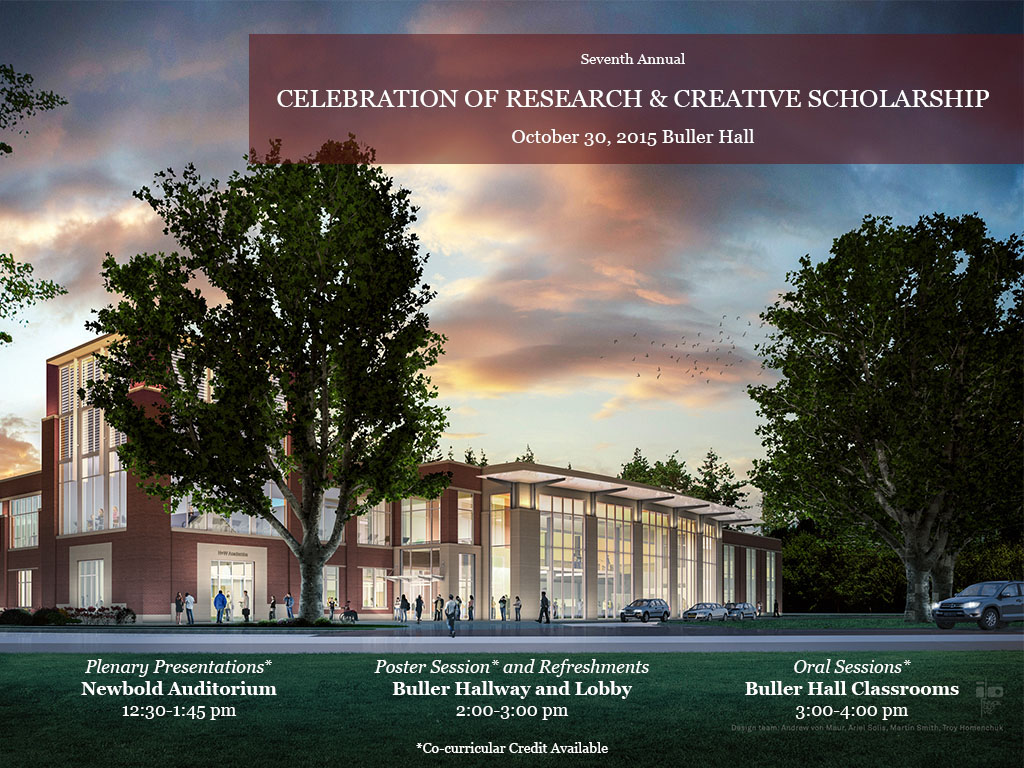Presenter Status
Professor and Chair, Department of Biology
Preferred Session
Poster Session
Start Date
30-10-2015 2:00 PM
End Date
30-10-2015 3:00 PM
Presentation Abstract
The Meade Basin of southwestern Kansas preserves one of the richest fossil sequences from the late Cenozoic of North America. An ongoing study has documented a rich record of fossils, especially rodents; established episodes of especially rapid species turnover (when species appear or disappear from the local record); and has attempted to relate these processes to environmental change inferred from stable isotope and other proxies for ancient climate. Here, I report on fossil squirrels from the record. At least 7 genera and 13 species are present in the composite record. Species turnover occurs throughout the record, but an especially high turnover is associated with the transition between the warmer Pliocene and cooler Pleistocene. Documentation of the relationship between inferred paleoenvironmental change, diversity, and species turnover from the fossil record might shed light on plausible consequences of the current episode of anthropogenic environmental change.
P-29 Diversity and Species Turnover of Late Cenozoic Ground Squirrels in the Meade Basin, KS
The Meade Basin of southwestern Kansas preserves one of the richest fossil sequences from the late Cenozoic of North America. An ongoing study has documented a rich record of fossils, especially rodents; established episodes of especially rapid species turnover (when species appear or disappear from the local record); and has attempted to relate these processes to environmental change inferred from stable isotope and other proxies for ancient climate. Here, I report on fossil squirrels from the record. At least 7 genera and 13 species are present in the composite record. Species turnover occurs throughout the record, but an especially high turnover is associated with the transition between the warmer Pliocene and cooler Pleistocene. Documentation of the relationship between inferred paleoenvironmental change, diversity, and species turnover from the fossil record might shed light on plausible consequences of the current episode of anthropogenic environmental change.




Acknowledgments
Faculty Research Grant funding from the Office of Research and Creative Scholarship at Andrews University is gratefully acknowledged.